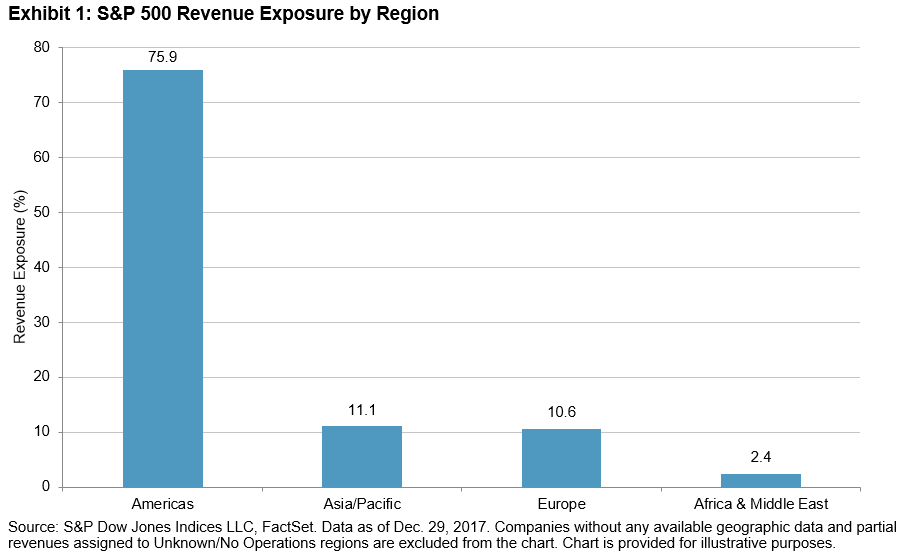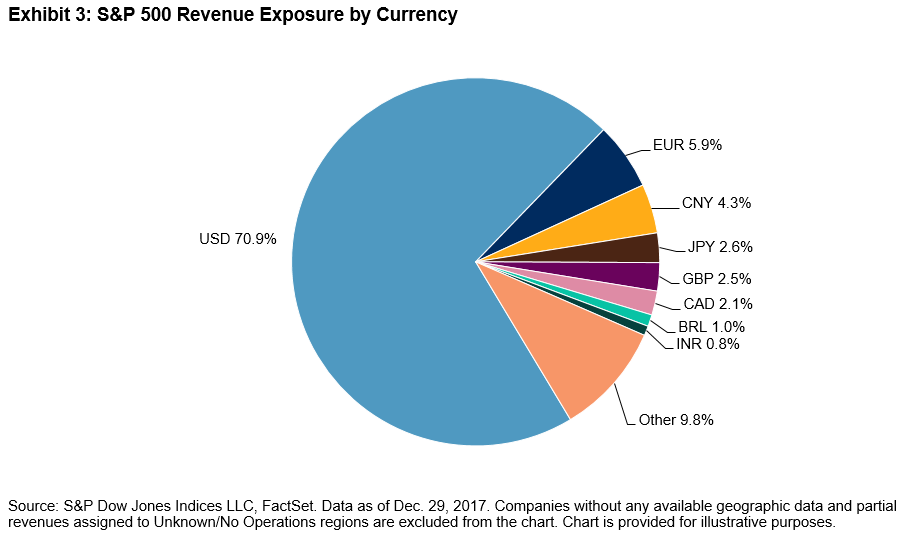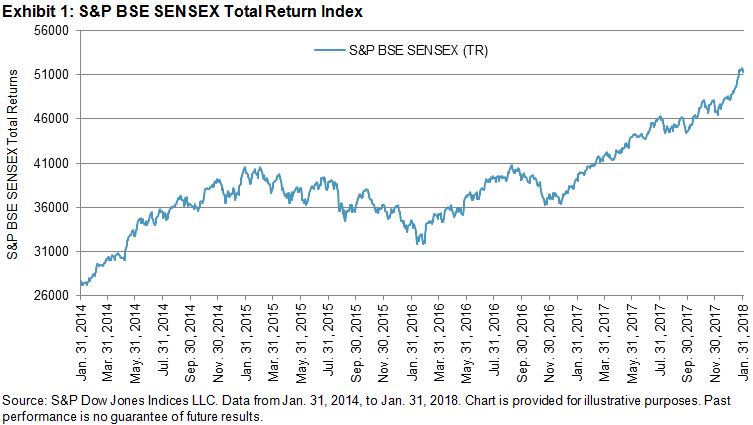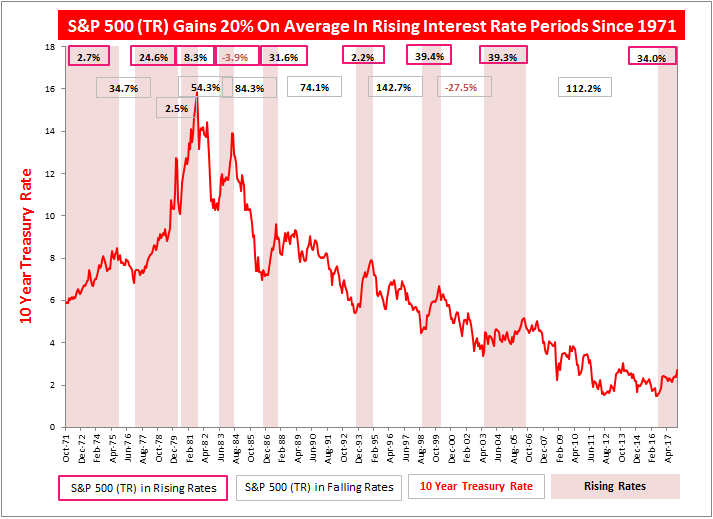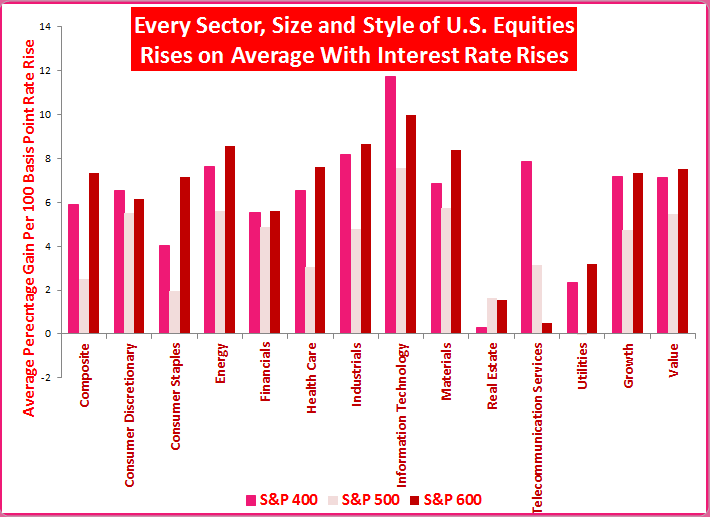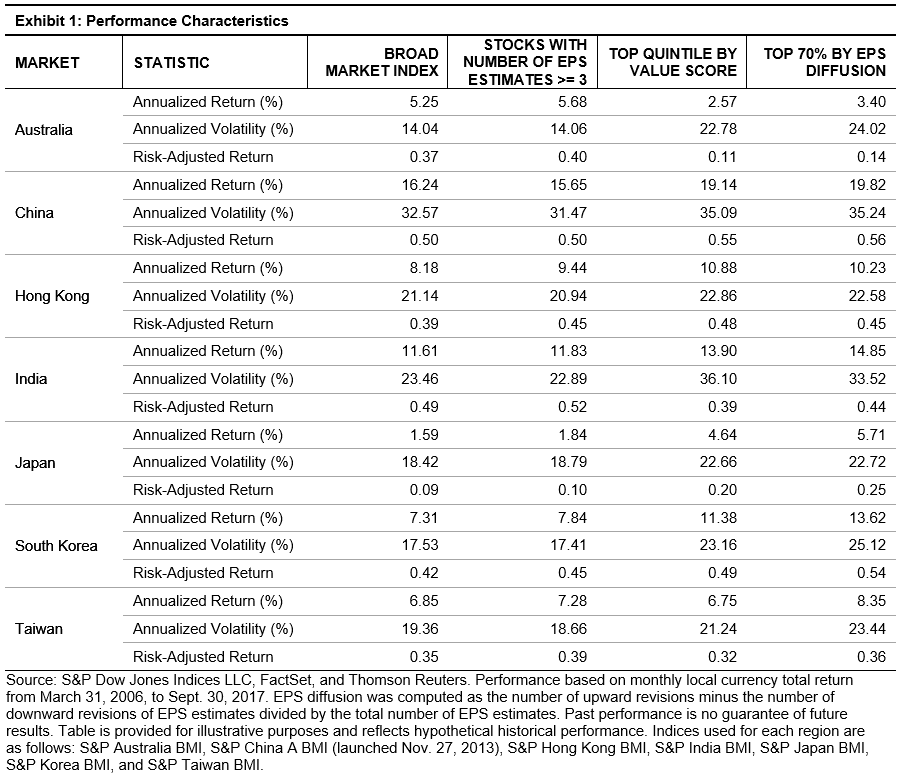The story line for a number of years now has been the “search for yield” and how the recent low-interest-rate environment has been forcing investors down in credit or out the maturity curve in an effort to maintain income though adding risk. Now that interest rates have begun reversing the low-rate environment, fixed-coupon securities may experience downward price pressure to varying degrees depending on the terms of each bond. But for floating-rate securities, the story could be different. As rates have started to increase, income investors are getting the opportunity to earn higher returns on their investments when considering their options.
The U.S. Treasury began issuing floating rate notes (FRNs) in January 2014. To date, these notes have been issued for a term of two years. The FRNs pay varying amounts of interest quarterly until maturity. Interest payments rise and fall based on discount rates in auctions of 13-week Treasury bills. The S&P U.S. Treasury Bond Floating Rate Index and the S&P U.S. Treasury Bond Floating Rate Current 2-Year Index seek to measure the performance of current and previously issued U.S. Treasury floating-rate issuance representing the U.S. Treasury floating-rate market or the most recent 2-year issuance.
Exhibit 1 shows how the yield of these indices had been relatively flat since their inception, which starts with the U.S. Treasury’s inaugural issuance. From October, 2015 to Feb. 13, 2018, the index yields increased from 0.09% and 0.13%, respectively, to their current levels of 1.55% and 1.58%, respectively.
Total rate of returns, of floating-rate indices, have outperformed the similar duration S&P U.S. Treasury Bill 3-6 Month Index, which has returned 0.01% for the month and 0.13% YTD as of Feb. 13, 2018 (see Exhibit 2).
Exhibit 1: Historic Yield-to-Worst

Exhibit 2: Total Rate of Returns

As anticipation continues for future rate hikes, FRN performance could further benefit from the interest rate changes. There are strategies designed to meet the needs of those looking to gain income as rates rise.
The posts on this blog are opinions, not advice. Please read our Disclaimers.




